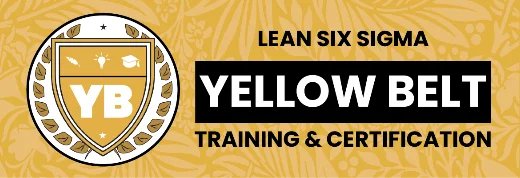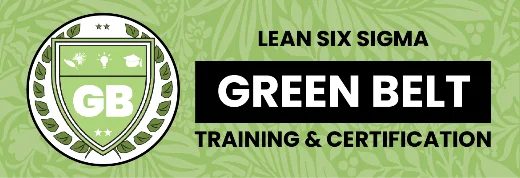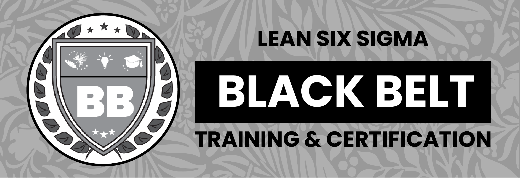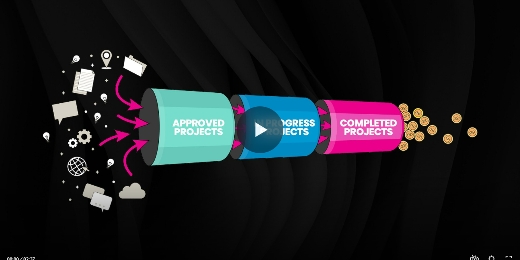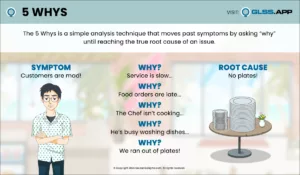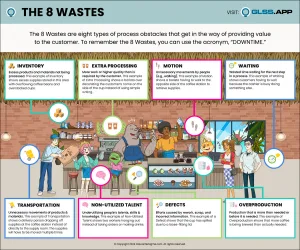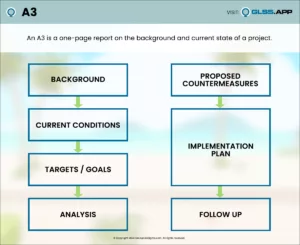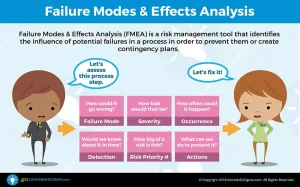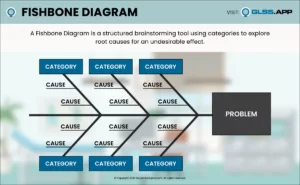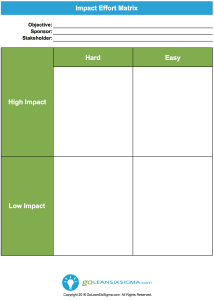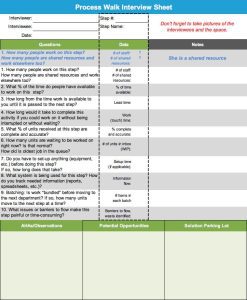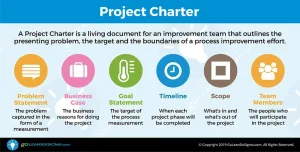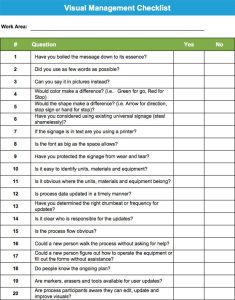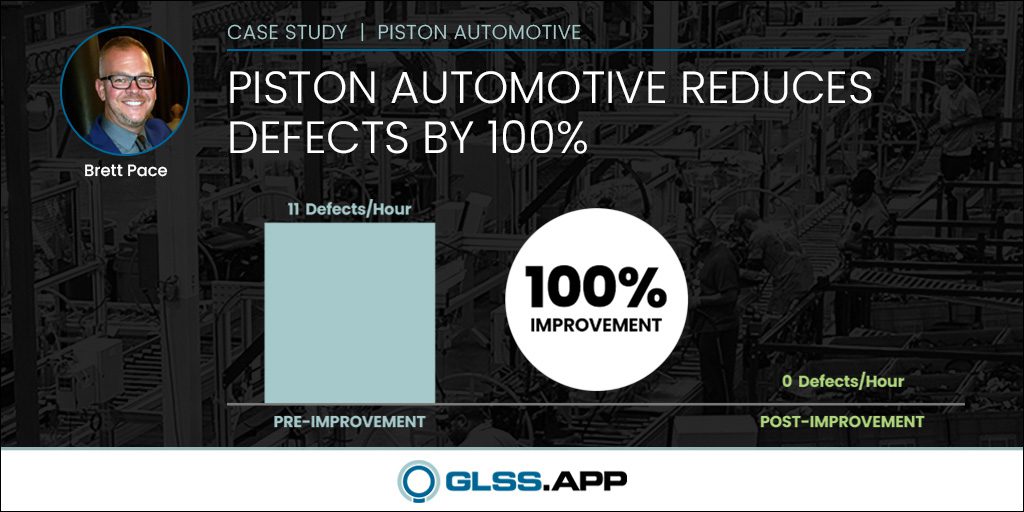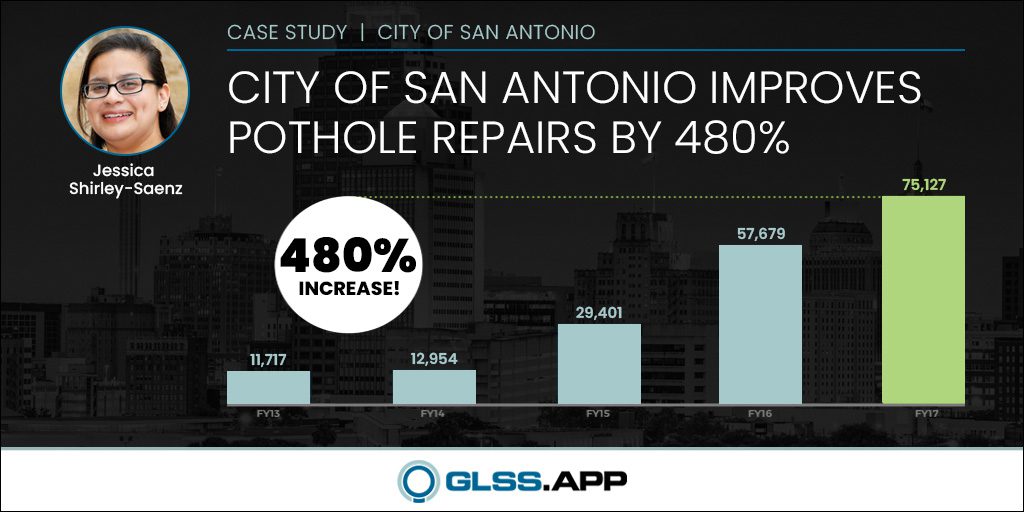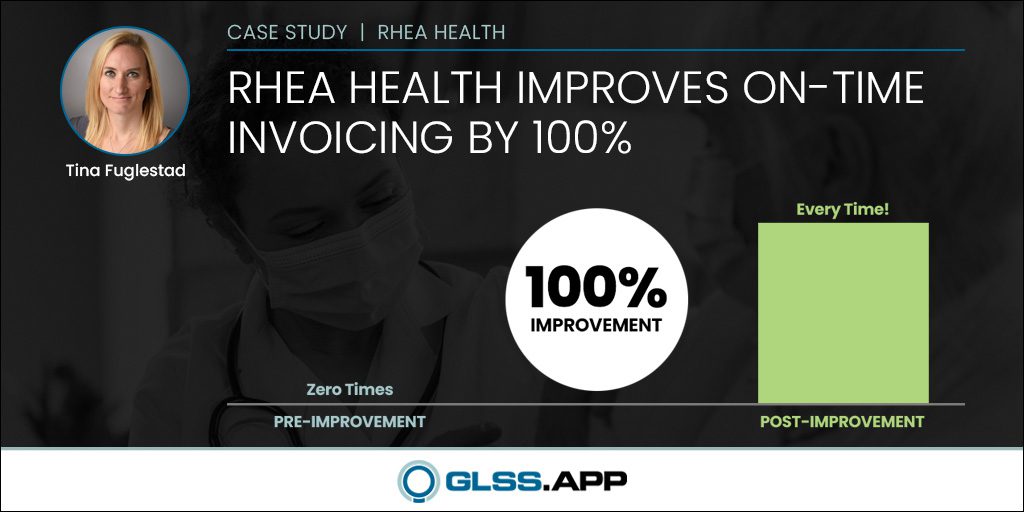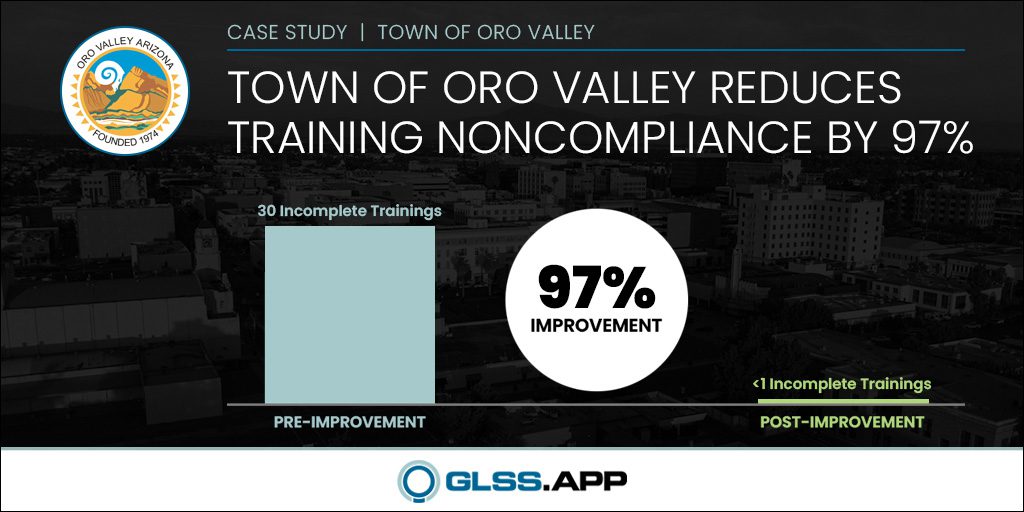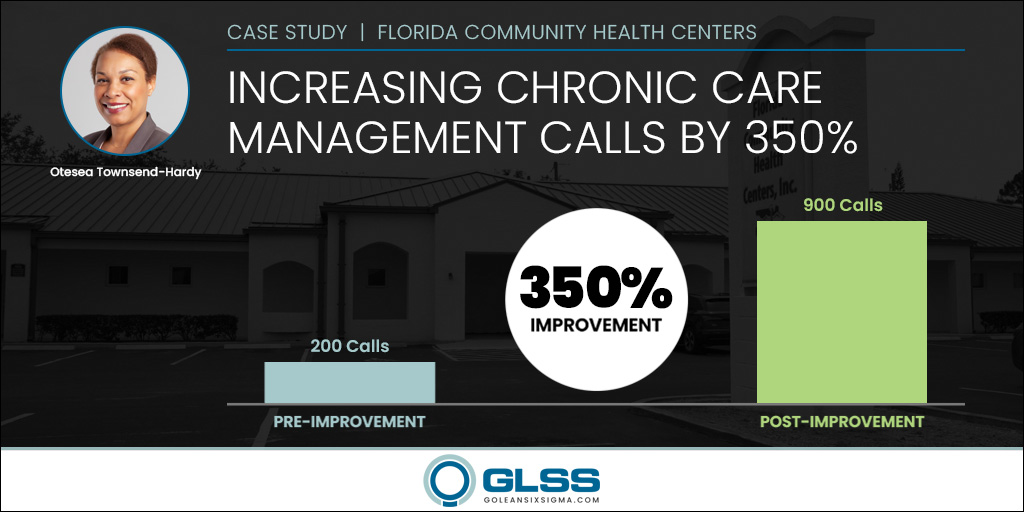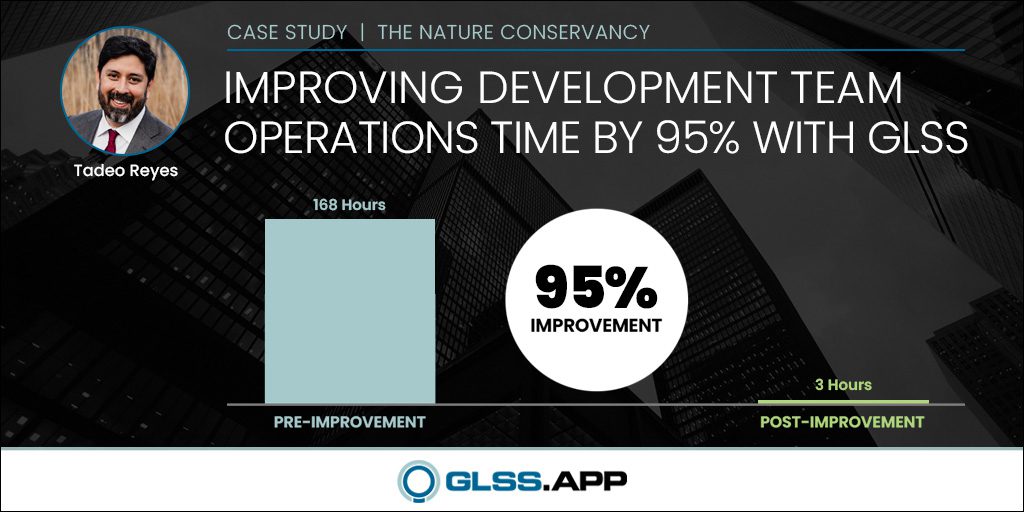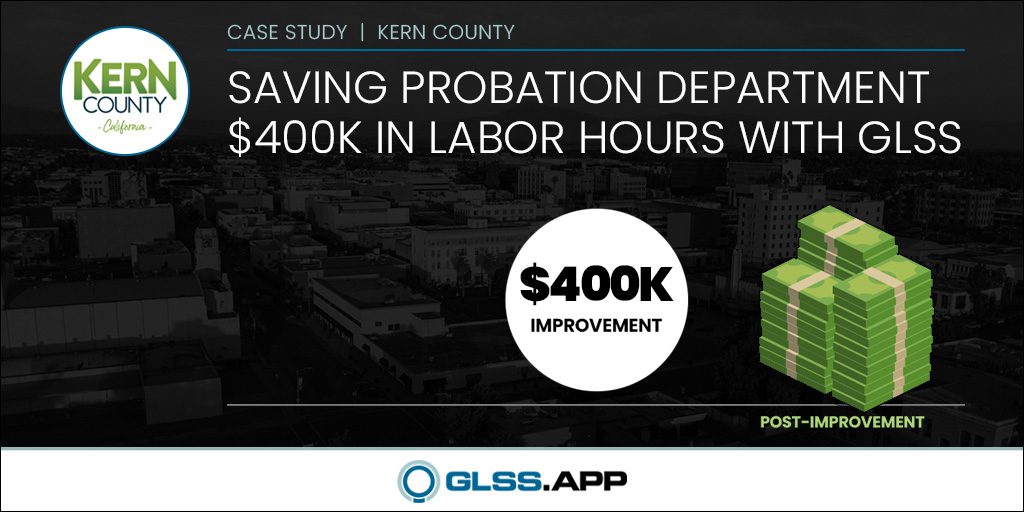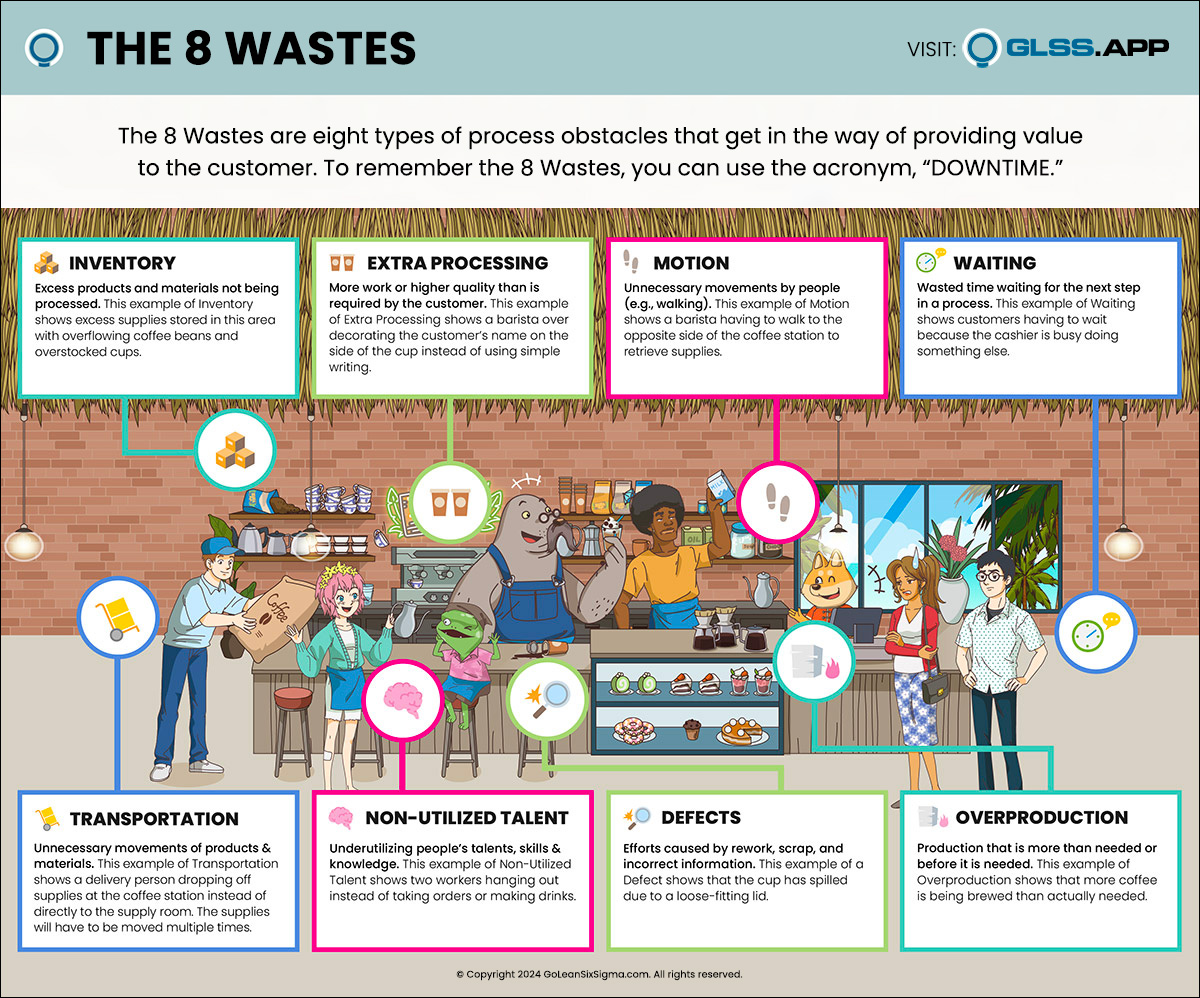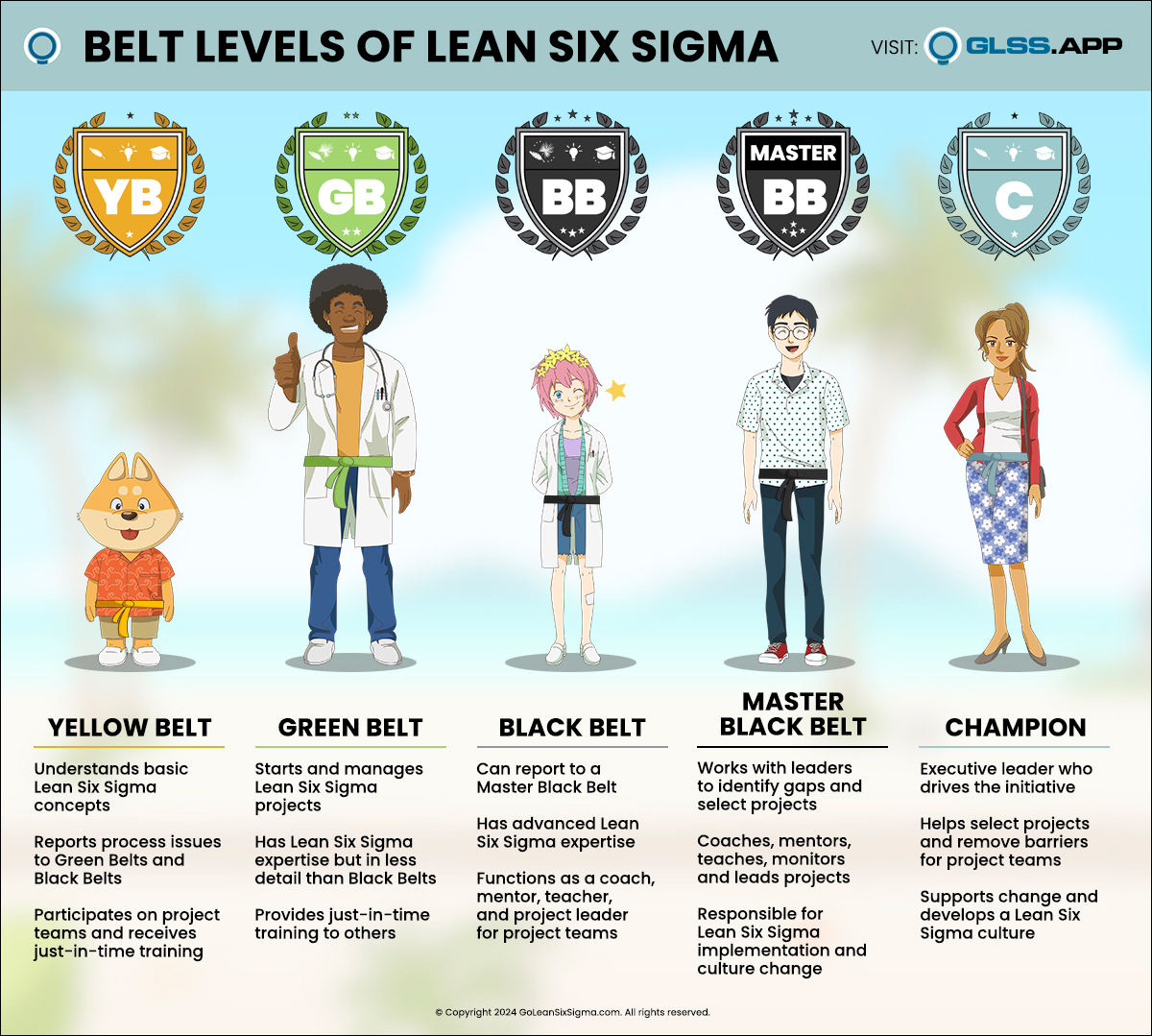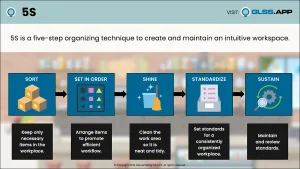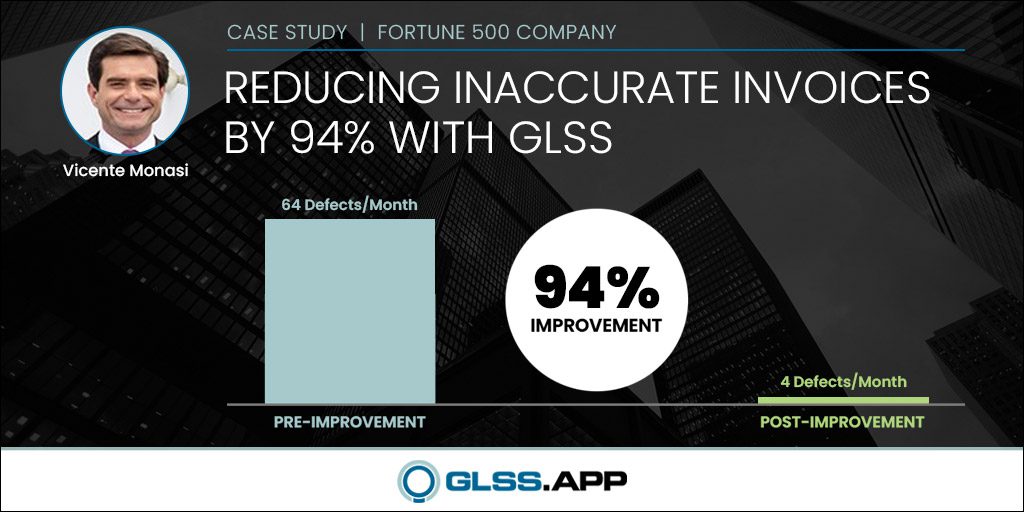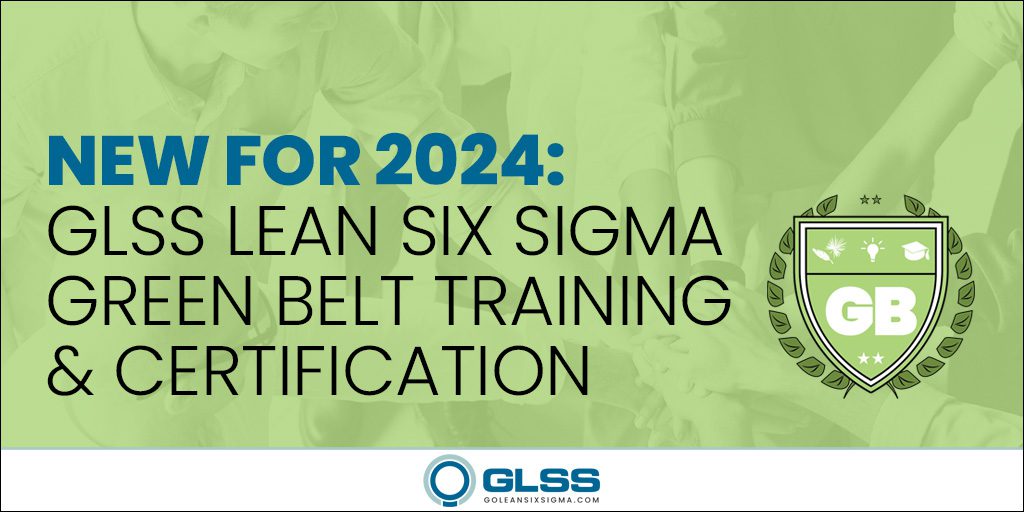Reducing Scrap Money Costs By 76% With GLSS
Home » Case Study » Reducing Scrap Money Costs By 76% With GLSS
Our learners deliver results. Jeff Owens, a GoLeanSixSigma.com Black Belt and Quality Manager from Texas, reduces costs from Bent/Scratched/Damaged (BSD) scrap for building envelopes by 76%.
Jeff’s success with Lean Six Sigma jump started the organization’s Lean Six Sigma effort, helping them build momentum towards additional improvements.
Executive Summary
Business Case
The flawed Bent/Scratched/Damaged (BSD) Scrap money process was on pace for a 300% increase in BSD Scrap. Identifying root causes not only allowed the process to improve – but also to identify Best Practices to implement throughout other facilities across the U.S. and Canada.
Project Wins
- Improved Bent/Scratched/Damaged (BSD) Scrap money from an average of $5850/month to $1362/month in Material Handling Department from August 2015 to December 2015 – over 76% Scrap Reduction – the goal was 50%.
- Designed more efficient racks, improved employee cross-training, established Control Charts and Monitoring Plan to sustain improvements.
- Improved outdated Standard Work Instructions with Visual Management and identified/implemented simple changes (spacer/arm covers/shavings/tiedowns) to the process.
- Created new storage area that eliminated 1,527 feet of wasted Motion and Transportation due to Process Bottleneck.
DMAIC Approach
- Gathered Internal Customer Feedback using Affinity Analysis
- Identified Root Causes with a Fishbone Diagram
- Used a Process Walk to identify the 8 Wastes
- Used LCS for Rack Design Change/Pilot
- Put Controls in place for sustainment of improvements
Operational Definitions
- Anodizing (ANO): chemical coating process that converts metal stock lengths into a decorative, durable, corrosion-resistant finish
- B/S/D: Bent/Scratched/Damaged Material
- Bent Material: Material bowed in excess of 1/32” for every 4.5” in width (Max width is 9”)
- Damaged Material: Any combination of Bent/Scratched metal in addition to any damage that occurs during transit
- Extrusion (EXT): process where metal logs are pushed through a die to create objects/shapes of a fixed profile
- Paint (PNT): process of pre-treating and adding full coats of primer and desired paint color along conveyor
- Scratched Material: Any length scratch appearing in an exposed area of metal and/or scratch in excess of 3” in unexposed area of metal
- Exposed Area: Any area of the metal that is on the exterior of the building or visible through a lite of glass
- Unexposed Area: Any area of the metal that is not visible upon installation
- Anodizing (ANO): chemical coating process that converts metal stock lengths into a decorative, durable, corrosion-resistant finish
- B/S/D: Bent/Scratched/Damaged Material
- Bent Material: Material bowed in excess of 1/32” for every 4.5” in width (Max width is 9”)
- Damaged Material: Any combination of Bent/Scratched metal in addition to any damage that occurs during transit
- Extrusion (EXT): process where metal logs are pushed through a die to create objects/shapes of a fixed profile
- Paint (PNT): process of pre-treating and adding full coats of primer and desired paint color along conveyor
- Scratched Material: Any length scratch appearing in an exposed area of metal and/or scratch in excess of 3” in unexposed area of metal
- Exposed Area: Any area of the metal that is on the exterior of the building or visible through a lite of glass
- Unexposed Area: Any area of the metal that is not visible upon installation
Define Phase
PROJECT DETAILS:
Problem Statement
- Scrap money for the Material Handling Department has risen to $5850/month in 2015 (January-August) for material marked as Bent/Scratched/Damaged. The Scrap money in 2014 for the same category was just $2141/month. While the costs obviously hurt the bottom line, the inability to push a good quality product in a timely manner impacts delivery to our Assembly/Glazing Plants and eventually; runs the risk of missing Customer Due Dates.
Goal Statement
- The goal is to reduce Bent/Scratched/Damaged Scrap (BSD) money by 50% from $5850/month to $2925/month by the end of 4Q/2015.
Scope
- In Scope: Material Handling Department handles the flow of all Metal traveling from (1) Extrusion Presses, (2) Anodizing Lines, (3) Paint Department, (4) Packing/Shipping.
- Out Scope: They are the only department that touches all four areas of our Metal Processing Plant.
Business Case & Benefits
- The organization’s strategy for 2015 was to create a culture of (1) Problem Solving and (2) Continuous Improvement. With B/S/D Scrap $$$ projected to jump almost 300% from 2014 to 2015, this cross-departmental project is our best opportunity to reduce scrap costs across the board while aligning our efforts with the Organizational Strategy. This project could result in $35,000 in Annual Scrap Reduction.
Team Members
- Team Lead: Jeff (Quality Engineer) – 25%
- Team Member 1: Michael (Process Owner) – 20%
- Team Member 2: Dexter M. (Mat. Handler/Driver) – 15%
- Team Member 3: Vincent L. (Maintenance) – 15%
- Team Member 4: Jaxson P. (Material Handler) – 15%
- Team Member 5: Kevin Y. (Fabrication) – 5%
- Team Member 6: Daniel R. (Brakemetal/Weld) – 10%
- Team Member 7: Jake G. (Safety) – 5%
Measure Phase
PROJECT DETAILS:
Project Timeline


DMAIC Project Timeline
Voice of the Customer (VOC) Translation Matrix


Voice of the Customer Translation Matrix
SIPOC


SIPOC
Process Walk Planning
- Develop a high level map of the process to be “walked”
- Create a list of all Process Walkers/Interviewers
- Create a list of interviewees
- Create a list of Stakeholders to be invited to a Stakeholder Presentation
- Create a high level agenda for the Process Walk
- Set a date and time for the Process Walk orientation
- List tentative dates and times for the Process Walk and Stakeholder Updates
Swimlane Map


Swimlane Map of Material Flow
Stakeholder Analysis


Stakeholder Analysis (Advanced)
Relationship Map


Relationship Map
Data Collection Planning


Data Collection Planning
Calculate Sampling Plan
- Process Sampling (Live)
- Stratified/Systematic
- Ongoing – every 10th rack
- 50% Estimate of Prop (worst case)
- Stratification Factors
- Location
- Shift
Baseline Measure (after MSA)


Baseline Measure of BSD Monthly Scrap
Process Capability
- DPU = # Defects/# Units = 422/750 = 0.56
- DPMO = 422/3000 x 1,000,000 = 140,667 (4 Opportunities)
- Sigma Level = 2.5 (rounded down), 84.1% Yield (158,655)
- Final Yield (Y Final) = # Good Units/# Total Units = 639/750 = 85.2%
- First Pass Yield (YFP) = 750-422 = 328, 328/750 = 44%
- Rolled Throughput Yield (YRTP) = EXT (61%), ANO (88%), PNT (93%) .61 x .88 x .93 = 50%
Analyze Phase
PROJECT DETAILS:
8 Wastes Checksheet


The 8 Wastes Checksheet
Fishbone Diagram


Hypothesis Statements
- According to past performance (2014), BSD Defect Rates were at 7% for Extrusion/Anodizing/Paint. The team suspects it’s getting worse due to the conditions of the wooden racks, which typically rot out within 3 years. Recent data has been collected and we want to know if BSD Defect Rates have risen. Note that current racks in circulation were built in early 2013. (X) = Time Period.
- The team suspects that inadequate training to 2nd shift employees has resulted in more defects being allowed to pass on 2nd shift than 1st shift. This test will help us determine if there is a difference between the two. (X) = Work Shifts. P1 = 2nd shift, P2 = 1st shift.
Improve Phase
PROJECT DETAILS:
- Rack Design Change
- Based on our Hypothesis for a One Proportion Test in the Analyze Phase, we were able to show an increase in Defect Rates from 7% in 2014 to 11% in 2015 due to the poor conditions of wooden racks used to transport material. The pictures in the project (see below) give you an idea of the battle our Material Handling Department has of not damaging material in transit
- With a game-changing issue such as Rack Design, we decided to add a few team members and used another DMAIC tool (LCS) to get ideas from other departments upstream and downstream that also have to deal with the racks. This allowed us to overhaul the Racks using metal that was originally scrapped with the help of our Brake Metal and Welding Shop. Our newest team members helped suggest a preset lifting length that could be setup for all forklifts and therefore be used throughout the entire campus. The new design would also carry enough strength/stability for our longest material lengths (28 feet) while maintaining features mandated by our Safety Department (weighing under 75 lbs so two team members can move).
Poor Layout (Before Improvement)


Poor Layout
Poor Layout (Post Negotiation)


Layout Improved
New Storage Area Improvements
- Spacers
- Dolly/Rack Covers
- Shavings
- Tie-Down Material
Control Phase
PROJECT DETAILS:
Monitoring Plan


Monitoring Plan
Response Plan


Response Plan
Lessons Learned
- Important to drive inspection earlier in the process where Rework is an option.
- Too many blind handoffs – wanted to create opportunities where items (Checksheets) had to be initialed to create more ownership
- Newspaper Items
- Dig deeper into Scrap Reporting Efficiency
- Use Project to show value of adding a 2nd Age Oven in Extrusion to serve as Workload Balancing and eliminate the obvious bottleneck.
- Sell Lean Culture benefits at the Management Level for ultimate buy-in on Process Improvements
- Identify more KPIs/Metrics for Tracking (Rework/FPY)
Project Storyboard
PROJECT DETAILS:

